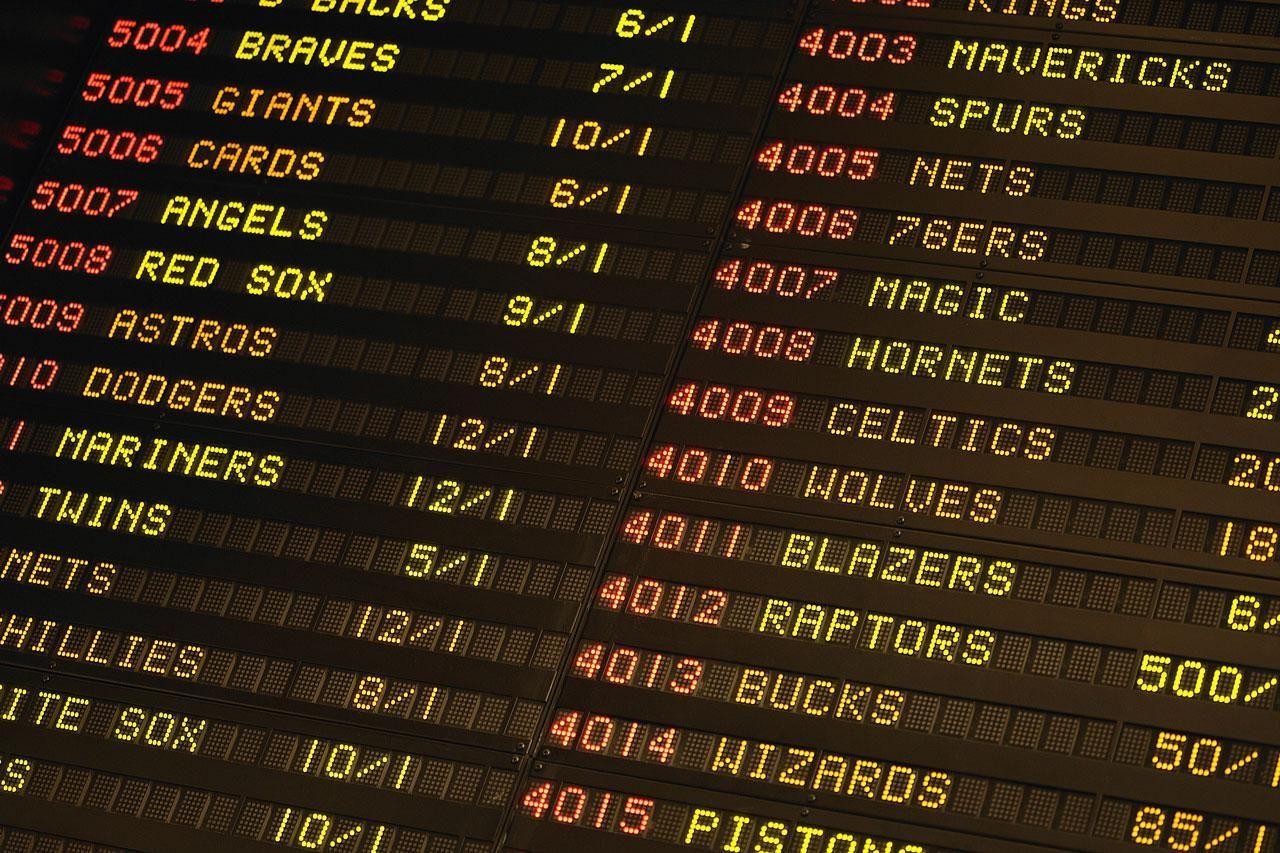Subscribe to our newsletter
We'll send you bets and resources to help you profit
What is Reverse Line Movement in Sports Betting? What are Reverse Line Moves?
AP Photos
What is Reverse Line Movement?
Reverse line movement happens when a high percentage of bets are on one team or one side of the total, yet the line moves in the opposite direction. This often happens when a spread or total is seemingly too good to be true, so the public is all over the favorite.
What Causes Reverse Line Movement?
Just because a high percentage of the public is on one side doesn’t mean there is reverse line movement. Reverse line movement needs the line to move in the opposite direction of the public, and this wouldn’t happen based on public plays alone.
For the line to move in reverse, large amounts of money must come in on the other side, which is called sharp action. If sharp bettors (a small percentage compared to the general public) identify an angle that they like on the game, they will place large wagers that will cause more movement from the books and overshadow the public’s smaller bets.
So to sum it up, reverse line movement is caused by sharps on one side betting more money than the public on the other, even though there are far more people on the public side.
Reverse Line Movement Examples:
Here’s an example from Week 15 of the 2021 NFL season. This week was strongly impacted by Covid-19, in fact, this game was played on a Tuesday, so line movement could have happened because of circumstances with the virus in addition to reverse line movement. Whatever combination of factors contributed to the movement, there still was reverse line movement The Philadelphia Eagles and Washington Football Team total points opened at 43, with the majority of the public betting the over. However an hour before kickoff, the total had dropped to 40 points.
That same day in the NBA, the Indiana Pacers and Miami Heat total opened at 208.5, with a whopping 81% of the Public on the under, according to CBS Sports. Yet just before the game started, the total was at 211, or 2.5 points above the opening line.
Why is Reverse Line Movement Important to Bettors?
Reverse line movement is important to bettors because it shows which side the sharp bettors have put their money on (typically in very large wagers). While by no means does this make the pick a lock, it is usually beneficial to be on the side of sharps, who are professional bettors with sustained success that the general public just does not have.
How to Track Reverse Line Movement:
Some premium services allow you to subscribe and get a better picture of reverse line movement, but you can get a good start by using free data such as the odds pages on some popular sports publishers showing the opening line, current line, and percentage of bets on each side. If there is no notable injury or status update that could move the line and you see that the line has moved against the side of the public, that is a good sign that it is pure reverse line movement.
Public Money vs. Sharp Money:
As mentioned above the public makes up the vast majority of overall bettors, but for the most part those that make up the general public are not betting close to the amount of money that the sharps put up. Additionally, the public is generally less informed and less successful than the sharps. From the sportsbooks point of view, they will use sharps for reverse line movement even if the money the sharps put in doesn’t surpass the amount from the public.
By doing so, the books are noticing which side the sharps are on, and betting with them by moving the line to entice even more of the public to the opposite side.
For example, let’s say the money in the Pacers vs. Heat game mentioned above wasn’t so lopsided, but was just fairly even. If a sharp placed a large bet on the over, the book might move the line higher just because of where that money came from and the source that bet it. By doing so, the book is expecting that more people will bet on the under and lose, therefore making the sharp and the book profit.
